This post may contain affiliate links which means I will get a commission if you make a purchase at no additional cost to you. As an Amazon Associate I earn from qualifying purchases. Please read my disclosure for details.
You spend good money on groceries, only to store them in ways that waste them. Improper storage doesn’t just shorten shelf life.
It can spoil flavor, waste nutrients, and invite bacteria. Avoid these common storage fails before your food turns from fresh to frightening.
Keeping Tomatoes in the Fridge
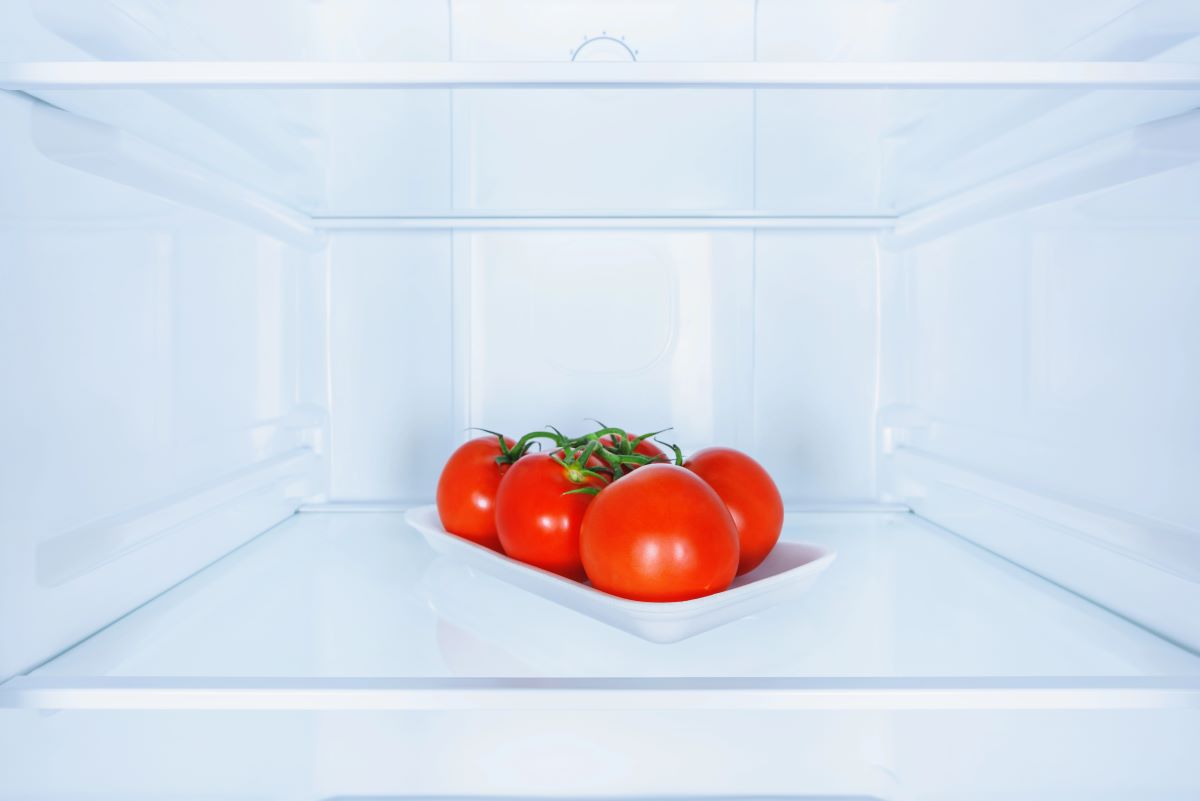
WANT TO SAVE THIS RECIPE?
Cold temperatures ruin the texture and flavor of tomatoes. They lose their juiciness and become mealy. Store them on the counter instead, away from direct sunlight. Once sliced, refrigerate only if necessary and eat quickly to maintain their best taste and quality.
Storing Bread in Plastic on the Counter
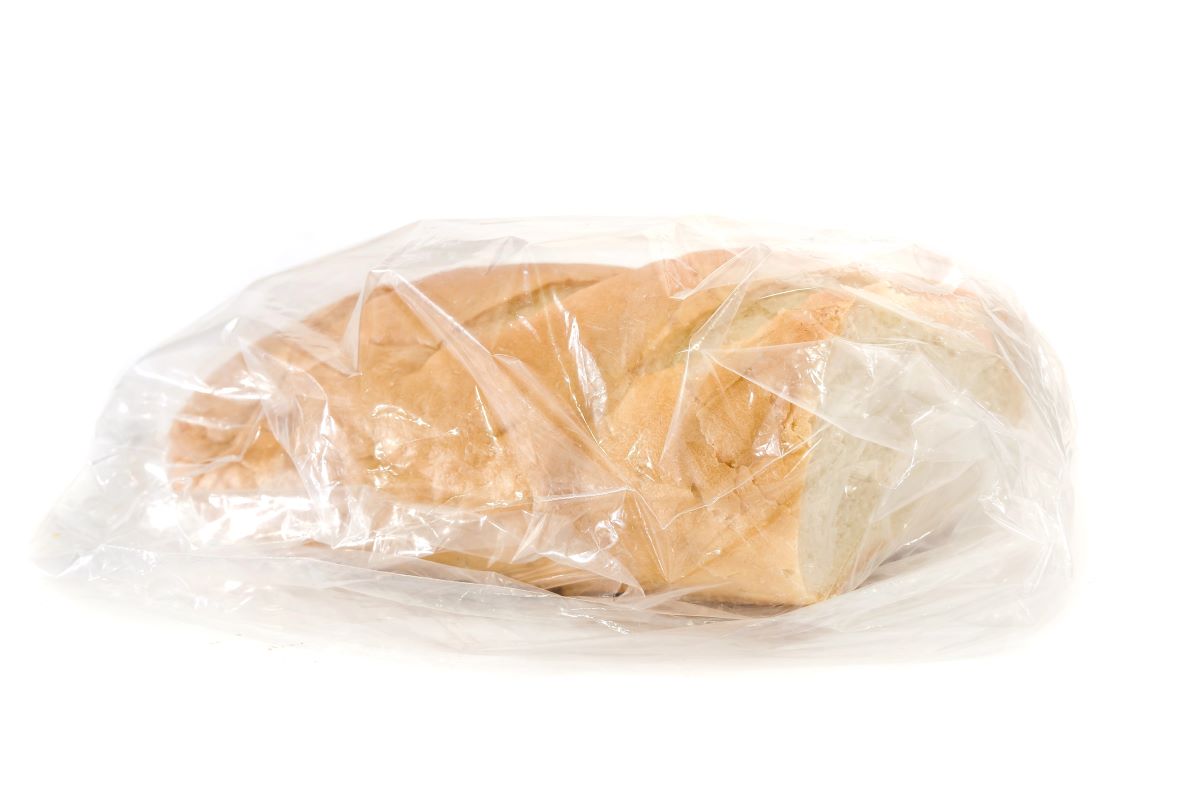
Bread stored this way molds fast. Moisture gets trapped, inviting spoilage. Use a breadbox or wrap in paper to allow air circulation. For long term storage, freeze slices instead. This keeps your loaf fresh longer and avoids that dreaded green fuzz too soon.
Refrigerating Potatoes
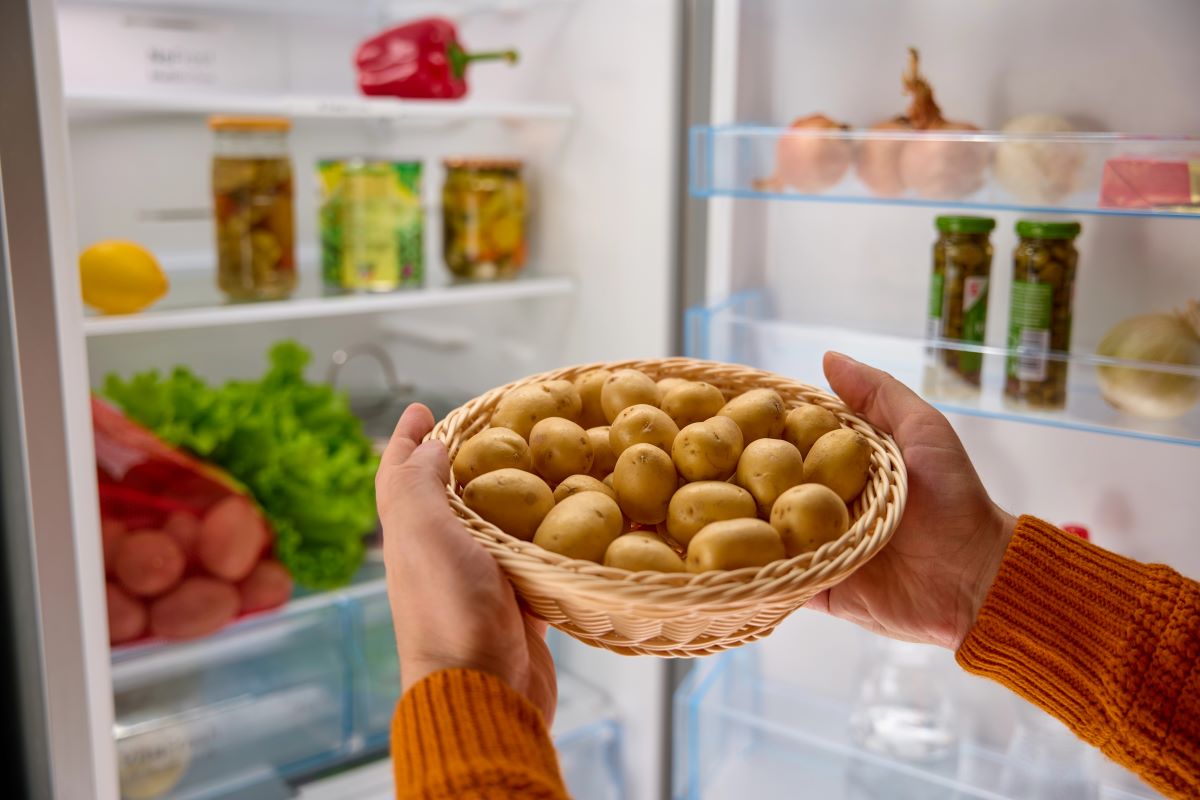
Cold temps convert potato starches into sugar, affecting taste and texture. Keep them in a dark, cool cabinet instead. Avoid plastic bags, use a paper sack or a breathable container. This preserves firmness, flavor, and helps them last weeks longer without sprouting prematurely.
Not Separating Apples and Bananas
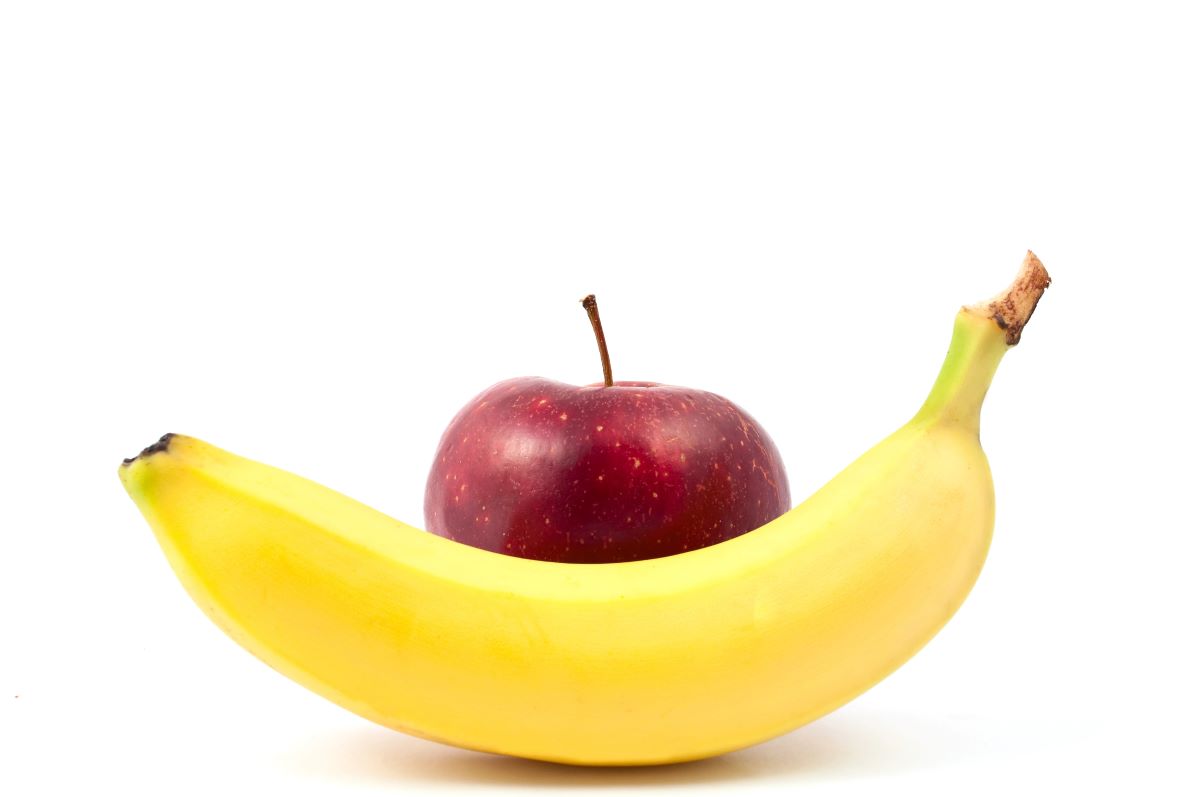
Both emit ethylene gas, which speeds up ripening and spoilage. When stored together, they cause everything nearby to rot faster. Keep fruits in separate bowls or bags to slow aging. This simple switch preserves freshness and reduces weekly waste from overripe produce.
Leaving Dairy in the Door

The fridge door is the warmest spot and not ideal for milk, yogurt, or cream. Instead, store dairy on a middle shelf where the temperature stays consistent. This slows spoilage, keeps taste intact, and reduces the risk of unexpected sourness before the expiration date.
Not Washing Greens Before Storage

Storing dirty greens invites bacteria and shortens shelf life. Wash, dry thoroughly, and layer with paper towels before storing in airtight containers. This minimizes moisture, reduces wilting, and keeps lettuce or herbs crisp for days, so your salad doesn’t turn into slime.
Related Post: These 5 State Specific Fast Food Chains Are Making National Brands Nervous
Keeping Onions and Potatoes Together

They might seem like pantry pals, but onions release gases that spoil potatoes faster. Store them in separate bins or baskets in a cool, dark place. Keeping them apart prevents sprouting, soft spots, and that weird smell when the rot sets in.
Related Post: The 7 Frozen Meals That Defined Childhood In The Midwest
Ignoring Airtight Containers for Dry Goods
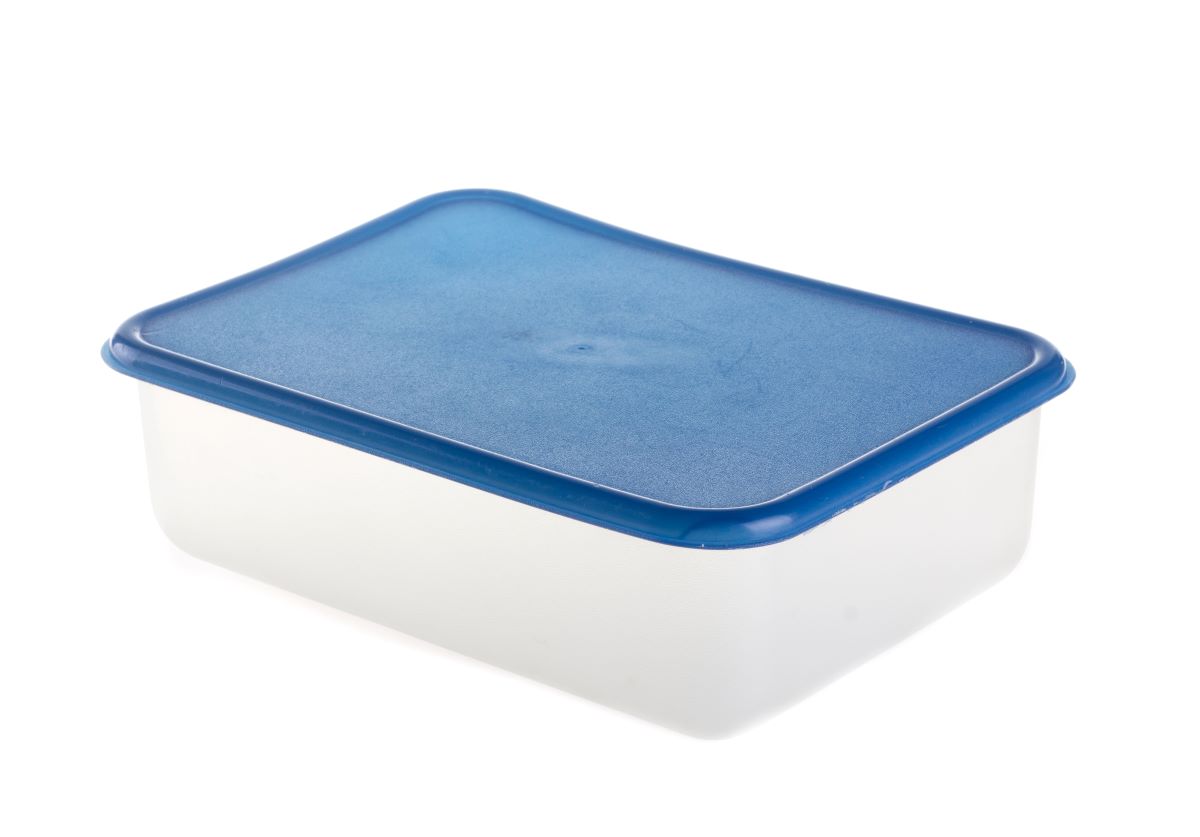
Leaving rice, pasta, or cereal in open packaging invites pantry pests and humidity. Use sealed containers to protect texture and flavor. This keeps bugs out, moisture away, and makes organizing easier, too. It’s a small storage fix with big, long term benefits.
Related Post: Gen Z Shoppers Are Just Now Discovering This Boomer Grocery Hack
Storing Coffee in the Fridge
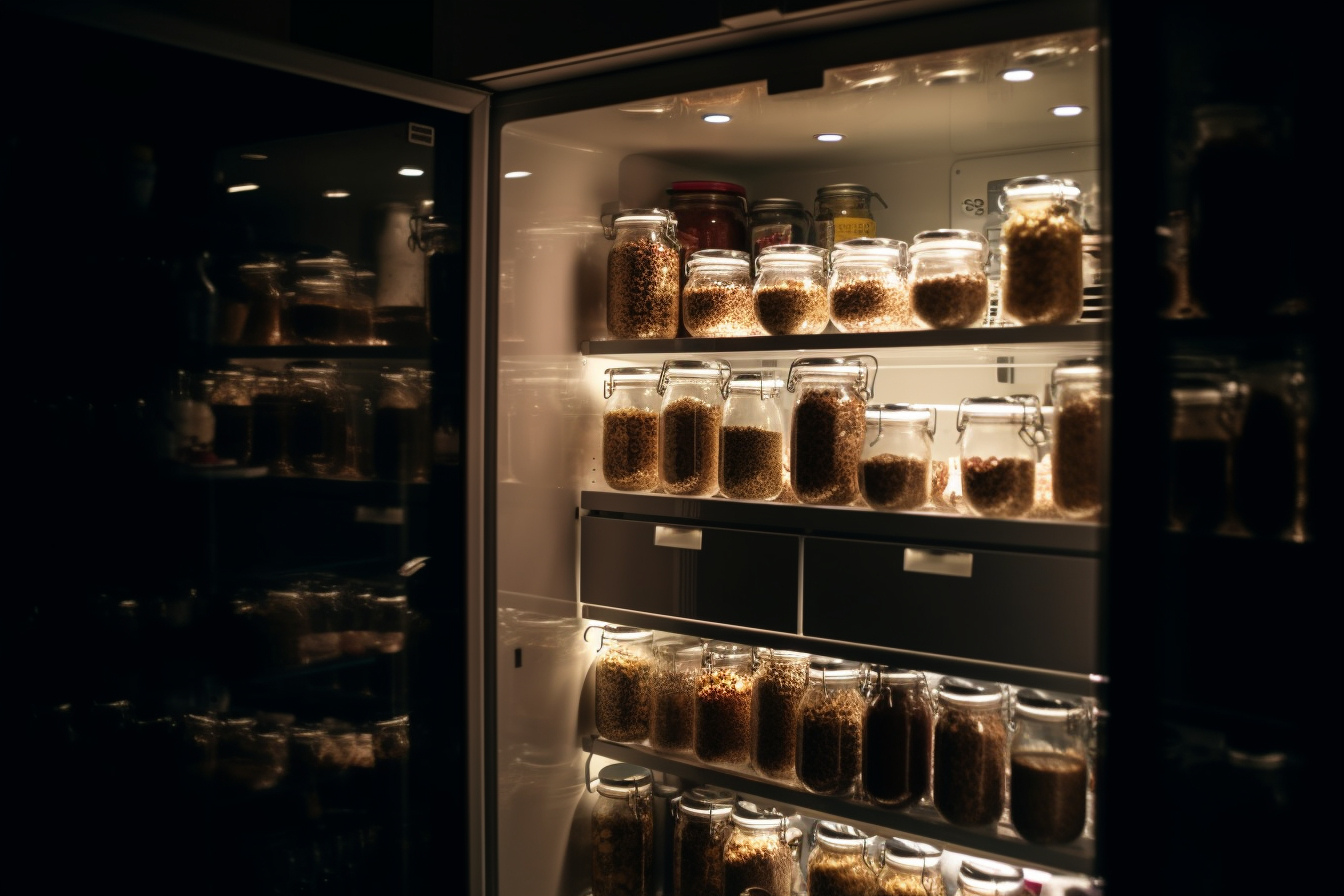
Fridge humidity can ruin coffee’s aroma and freshness. Instead, use an opaque, airtight container stored in a dark cabinet. This prevents moisture exposure, protects essential oils, and preserves bold flavor. Your beans or grounds will last longer, and your mornings will taste better.
Related Post: These 5 Restaurants Are Built To Look Like The Past And People Love It
Freezing Eggs in Shells
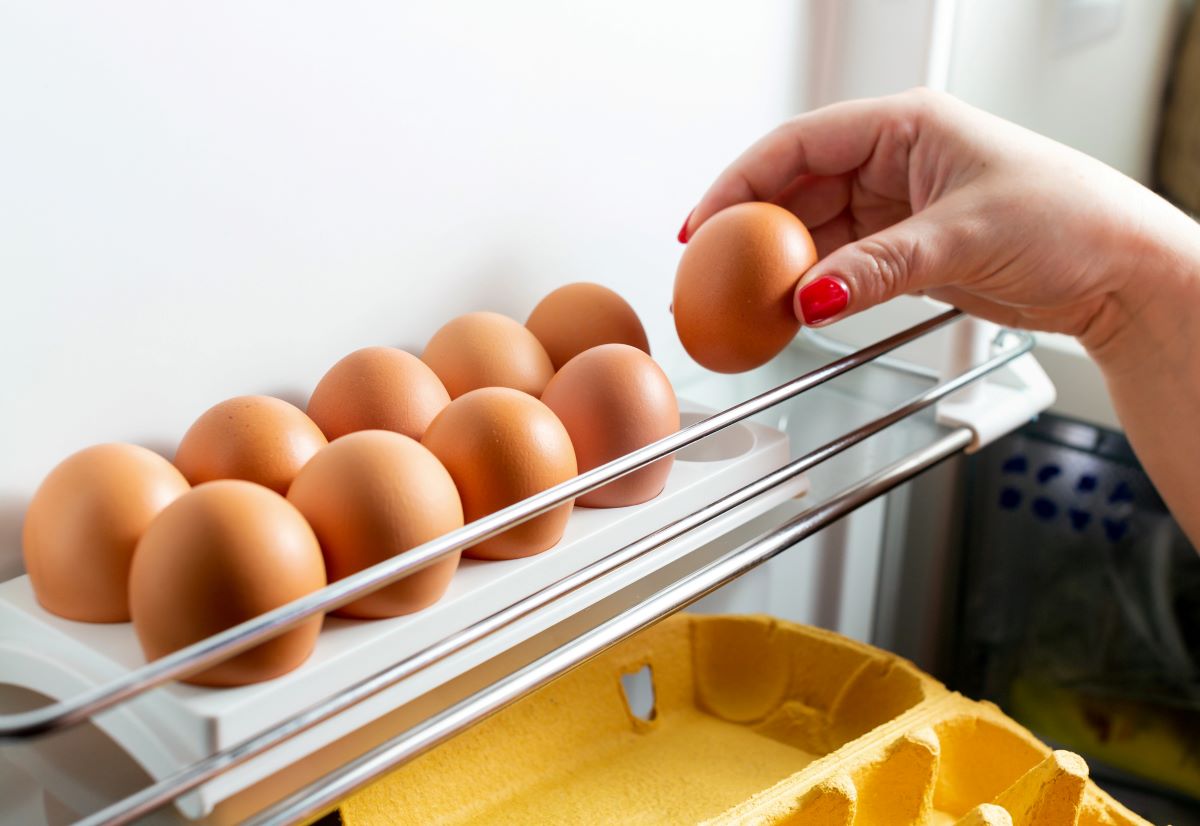
Eggs expand in the freezer, causing shells to crack. This risks bacteria and a messy fridge disaster. If freezing eggs, crack and whisk them first. Store in sealed containers or ice cube trays for easy thawing, portion control, and safe long term use.
Related Post: These 7 Bistros Are Time Capsules And The Food Is Still Perfect
Not Rotating Pantry Items
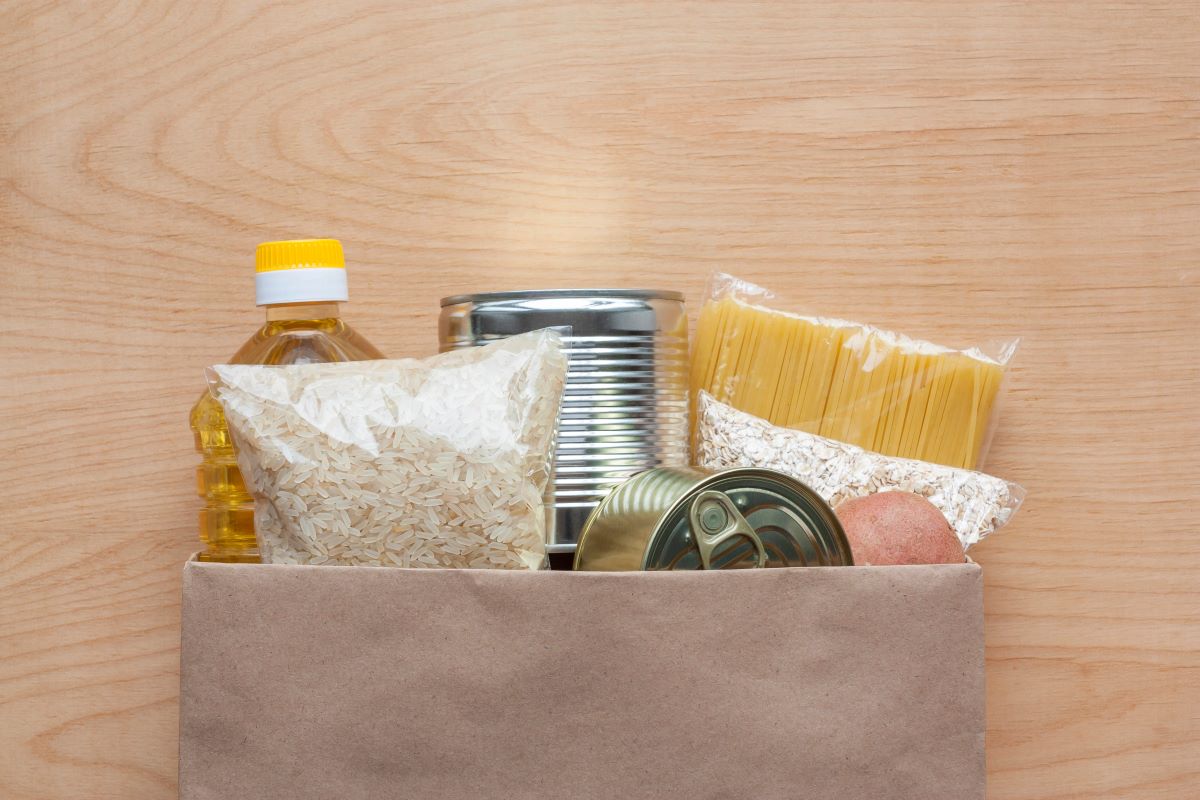
Storing new groceries in front means older items get pushed back and forgotten. Practice first in, first out by placing new behind old. This reduces waste, prevents expiration surprises, and keeps your pantry running smoothly without buried, stale, or expired items.
Related Post: The Coffee Chain That Quietly Vanished From Half The States
Sign up now to receive our exclusive e-cookbook filled with top-rated recipes for FREE!
Forgetting About Cheese Wrap
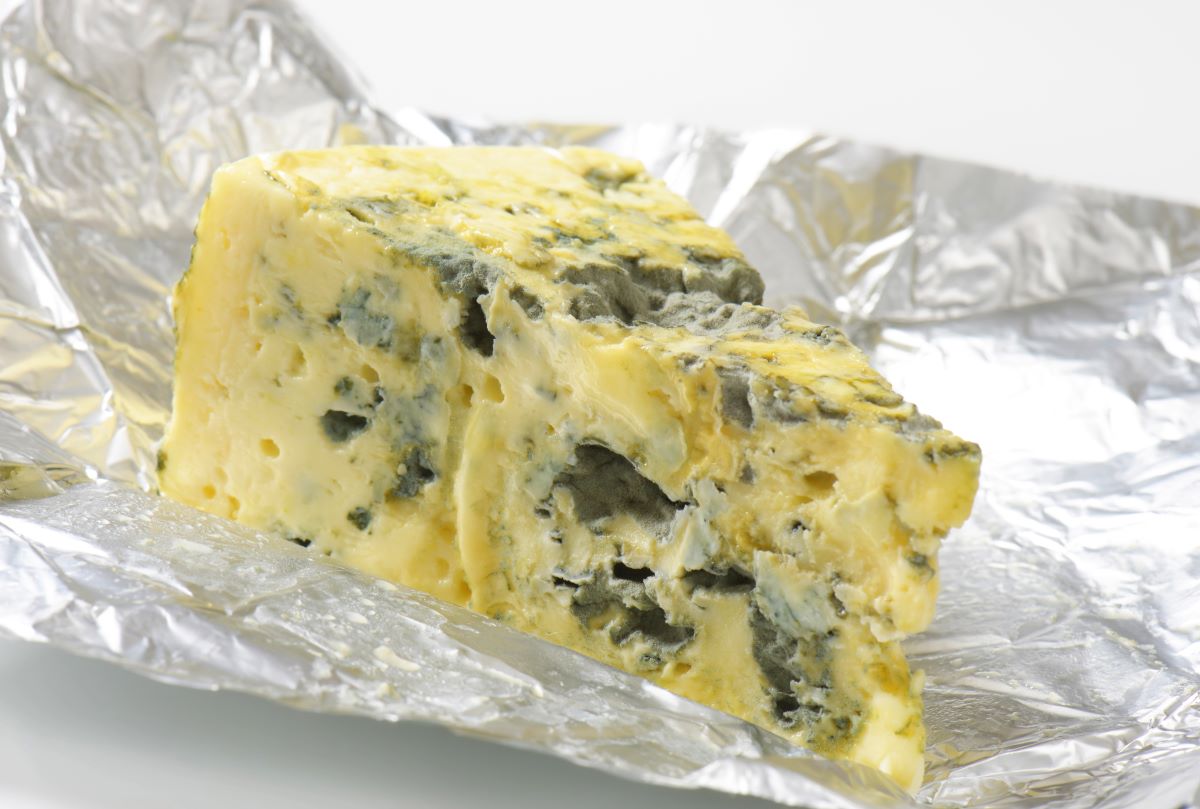
Wrapping cheese in plastic traps moisture and changes flavor. Use wax paper or cheese paper to let it breathe while staying protected. Then place in a container or a loosely sealed bag. This method keeps the texture ideal and prevents cheese from turning rubbery or sweaty.
Related Post: These 4 Themed Restaurants In These States Are Winning Over Gen Z
Using Clear Produce Drawers Incorrectly

Many people fill drawers with random items, not realizing they’re humidity controlled. Use high humidity for leafy greens and low humidity for fruits. This setting helps everything last longer, stay crisp, and retain flavor. Read the drawer label, it’s not just a fancy plastic box.
Related Post: These 7 Menus Haven’t Changed In 10 Years And People Love It
Food storage doesn’t need to be complicated, but it does need to be correct. Avoid these mistakes, and your groceries will last longer, taste better, and save you money. A little knowledge in the kitchen can make your food go a long way.
Disclaimer: This list is solely the author’s opinion based on research and publicly available information.
12 Kitchen Habits That Are Making Your Food Spoil Faster

Are you unknowingly sabotaging your own meals? It turns out, that many of us are guilty of behaviors in the kitchen that turn our fresh groceries into a fast track to Funky Town. But fear not, because change is easier than you’d think.
Did you know that a whopping 30-40% of the food supply in the U.S. becomes waste each year due to improper storage and handling?
Read it here: 12 Kitchen Habits That Are Making Your Food Spoil Faster
How to Save $100+ Every Month at the Grocery Store

From planning your meals to avoiding sneaky upcharges in the snack aisle, here’s a realistic guide to trimming your food budget without adding stress to your week.
Read it here: Things Moms Waste Money On (and Don’t Even Know It)
Is Walmart+ Still Worth It in 2025? The Truth After 3 Years

Is the new Walmart Plus worth the annual fee or is it just another failed version of Amazon Prime? I spent my own money trying this service out for 12 months and counting. I have a lot to say about the benefits and drawbacks in this Walmart+ honest review.
Read it here: Is Walmart+ Worth It? Honest Review 3 Years Later!
You’ll love these related posts:
- The Wine Tasting Experiences Locals Are Gatekeeping In These 6 States
- Americans Are Flocking To These 8 Fast Food Spots For Their Nostalgic Menus
- Why These 8 Farmers Markets Are Becoming The New Tourist Hotspots
- The Cheapest Farmers Markets By State In 2025
- The Real Reason Fast Food Tastes Different In Different States
